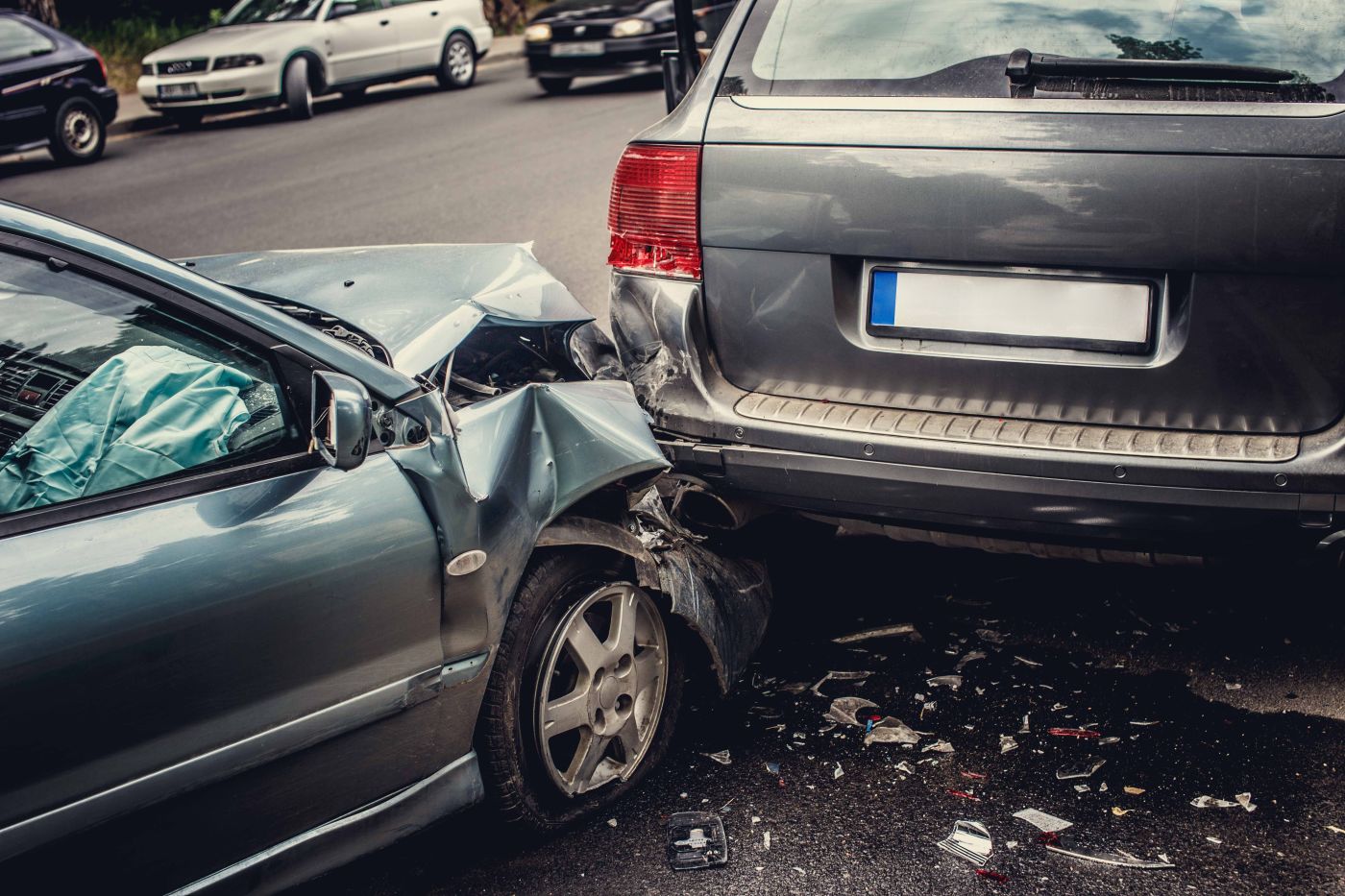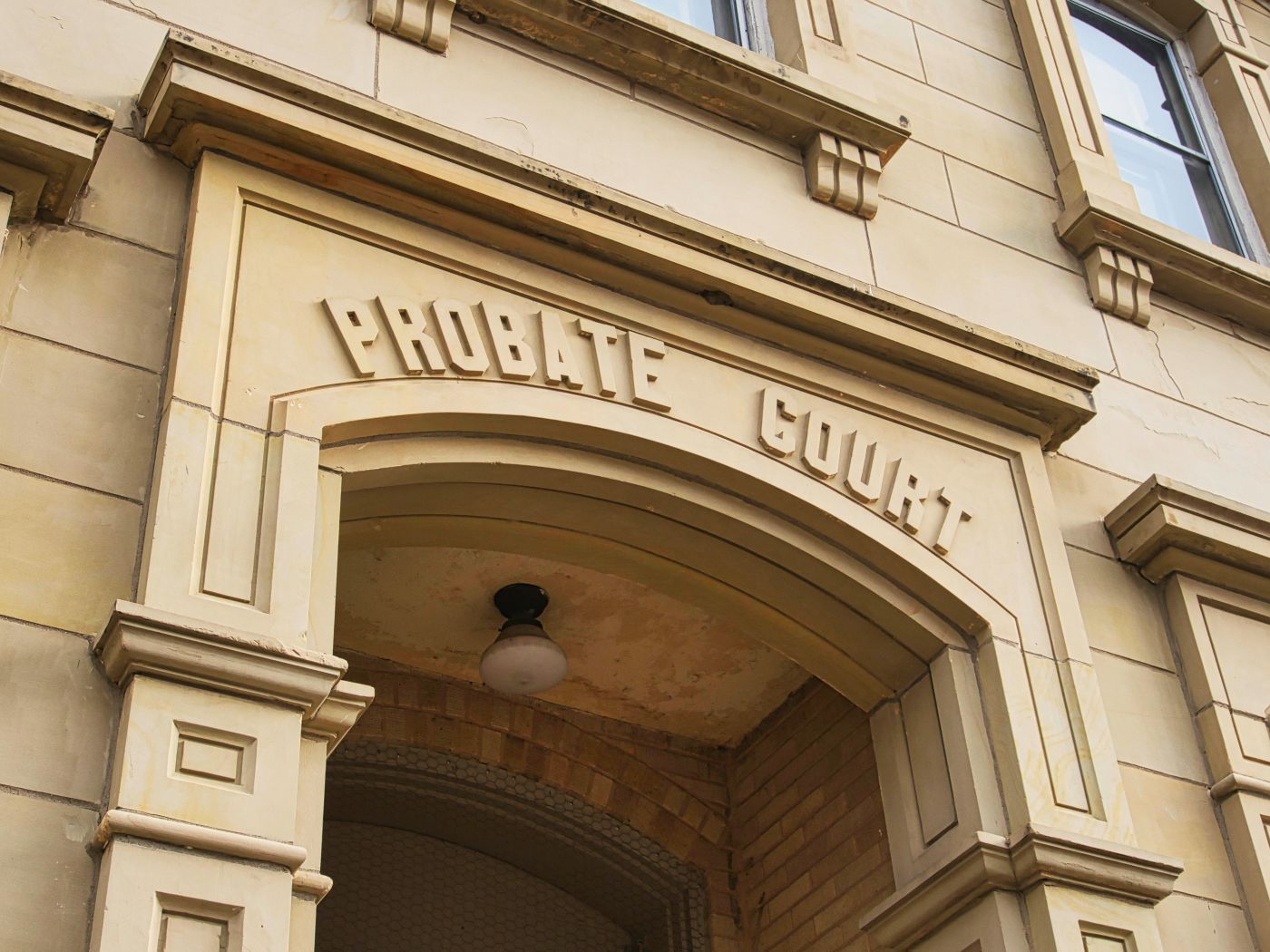What’s your liability as a landowner in Texas? Attorney Audra Smith talks about landowner liability in this presentation on Agriculture Law given at the Brazoria County Extension Office in Angleton, Texas. Call for an appointment with any of our attorneys. Audra Smith is no longer with the Firm.
We have five offices in three counties across Southeast Texas. Our offices are in Wharton and El Campo in Wharton County, Fulshear and Richmond in Fort Bend County, and Bay City in Matagorda County.
https://youtu.be/Bg7hKQkFHXg?si=TVYLhdpn-gMe2VZI
Summary of the Landowner Liability Video
– We have a little overview here of the topics you’re going to hear about from us, among others when you ask questions later. The first one is landowner liability. It’s a really concern for a lot of people if you own land of any size, whether small or large, two acres to 200, 2000 and beyond.
Most often we get asked, how do you protect yourself if someone is injured on your property? What do you do to limit your landowner liability? You don’t want somebody breaking their ankle and suing you for hundreds of thousands of dollars because they’re out of work forever. So we just have a couple of tips, a couple of things to help you protect yourself.
Carry Liability Insurance for Your Land
First thing is to carry liability insurance. If you don’t have it, you should get it. There’s all kinds of insurance available. You should always talk with your insurance agent on that. I am not an insurance agent. But make sure that whatever you’re doing on your property is covered by your policy.
If you raise cattle, tell your agent that and make sure your policy covers that. If you have bees on your property, ask your insurance agent if that is covered. There’s all kinds of activities. I’m sure we have a variety. Make sure it’s covered.
Warn of Dangerous Conditions on Your Property
The next thing is to identify the dangerous conditions that exist on your property and warn people about them. You can do this by posting signs. There’s a big hole over here behind the tree. Post a sign with a warning so that everybody that’s walking in that area knows what’s out there and that they could fall in that hole and get hurt.
The other option is to fix the dangerous situation. Cover the hole, fill it in, fence it off, whatever you need to do to fix that situation. If you have any written agreements, you can also identify all the dangerous conditions that do exist. If you have an area that is particularly risky because maybe there’s a bull that likes to charge people, stay away from this area, there is a bull out here, so on and so forth.
Use Written Liability Releases to Limit Your Liability as A Landowner
Next, written liability releases. These are not a guarantee. They’re not always going to work. They’re not always going to save you if you have them. They can be litigated. They can be fought over in court as far as their effectiveness. But it never hurts to get one signed.
You want to have it signed before the guest enters your premises. Don’t sign it after they’re already in there for half a day and then say oh, by the way, I need you to sign this. Have ’em sign it before they enter or upon entry.
You want to identify the activity that they’re participating in in that release. If they’re coming on your property for an educational event, they’re going to come learn how to milk a cow, you want to identify that that’s what they’re doing. If they’re coming to pick fruit off of your trees, if they’re coming to do whatever, you want to identify it, always. And then you list the dangers associated with the type of activity. You’re milking a cow. What could happen? You can get stepped on, you can get kicked, you can get charged, maybe. Who knows? A lot of things can happen.
You want to include a statement that the guest understands what risks are associated with the activity that they’re doing, that they could get injured because of that activity and the risks that are involved with undertaking that activity. And then you want to include an agreement not to sue the landowner for negligence, and lastly the font and language requirements must be met for this.
That means that you can’t have it in fine print that nobody can read. It needs to stand out. You need to be able to read it, and the average person needs to be able to read it themselves or with reading glasses, yes, but not so tiny that nobody can see what it says, or buried in the middle of an agreement where it’s hidden.
Texas Limited Liability Statutes
So the next thing we have are limited liability statutes. We could go on and on all night long about these limited liability statutes. The purpose is going to be to give you a very brief overview, just to know that these are available to you as a landowner and could limit your liability as a landowner in different circumstances.
The three main statutes are the Recreational Use Statute, the Agritourism Act, and the Farm Animal Liability Act. Each one of these has exceptions to the things we’re going to go over, instances that they will not help you, but again, we’ll be here all night if we go over each one of those exceptions, so I’m not going to address those. Those are going to be in the event you have to use the statute, that’s when you’ll learn, did this activity fall under an exception.
You’re welcome to look up each of these statutes online and read through those. We’ve included links to in-depth articles about each of these statutes.
So in general, your duty to somebody who’s visiting your property depends on the role they have. You have three roles, though, that somebody can be on your property: a trespasser, a licensee, or an invitee. Depending on what they are doing on your property and whether you welcome them, you invited them on there, depends on what level of care you owe to that person.
So briefly, for a Trespasser, your duty is to not intentionally injure or act with gross negligence.
For a Licensee, you have a duty to warn or make safe dangerous conditions known to landowner but not obvious.
For an Invitee, you have duty to warn or make safe dangerous conditions known to the landlord or of which the landlord should have known.
Landowner Liability Under the Recreational Use Statute
So we’ll start with the Recreational Use statute. It limits liability of property owners who open up their property for recreational uses. It’s found under Chapter 75 of the Civil Practice and Remedies Code if you want to read it in full. It’s pretty lengthy, though, I warn you.
The purpose of it is to allow landowners to open up their land for recreational purposes. Texas wants you to be able to have people out on your land. They don’t want you to have to exclude everybody because you’re fearful of them getting hurt. So if the statute applies, which we’ll go through the application of it next, you only owe the duty to a trespasser, which, I’ll remind you, is the duty to not intentionally injure or act with gross negligence.
The perk is that if this rule applies, the person who was injured must show that you intentionally caused his or her injury, and that’s a really hard thing to do. So you want this statute to apply, and it’s pretty easy to make it apply, as you’ll see in a second.
It applies to owners, lessees, or occupiers of land. So if you’re not a land owner here but you lease land for whatever your business is, it’ll apply to you, as well.
It has to be ag land. Agricultural land is land suitable for use in production agriculture, keeping of animals, forestry, horticulture, all of those items listed, but it does not have to necessarily be used for those items. It can be vacant and not being in use for production right now. It just has to be suitable for the purpose, which is a really big thing, because not all of your land is in use at all times.
Non-ag land does have some coverage, but it’s not as high as the ag land coverage here. Damage limits, there’s some different things. But I think we’re here for ag purposes, so we’re going to focus on the ag land.
The injured person must enter the property for recreational purposes. That’s your next requirement. I did not number ’em; I’m sorry. So if the person did not enter your property for recreational purpose, this isn’t going to apply. Recreational purpose will include pretty much any activity that involves the outdoors. There’s a big list down there at the bottom: hunting, fishing, swimming, boating, camping, picnicking, et cetera. Almost anything that’s enjoyed outside will fall under this statute. There’s very few limitations.
The injured must meet one of three requirements. I think I worded that wrong. Okay, anyway, the injured must meet one of the three requirements.
The land owner did not charge a fee to enter the property.
The fee charged is less than 20 times the amount of ad valorem taxes paid by landowner last year. So the fees collected from the recreational use of your land, so if you’re charging $20 a person to enter your land, to tour your, give me something, to tour your dairy cows. I kept using milking cow a while ago, so we’ll just stick with that. But the odds of that happening with anybody in here is probably low. You’re charging $20 a person, so you’re going to total up what you made last year and then calculate what you paid in taxes last year, and it can’t be, the taxes cannot be 20 times more than what you charged.
The bigger one is the landowner has to maintain insurance coverage, $50,000 per person, one million per occurrence of bodily injury or death, or $100,000 per occurrence of injury or destruction of the property. I think that’s a pretty common insurance policy for ag land. If you have that insurance, you can qualify for the protections of the statute, and the perk on the insurance is damages are capped at the level of the insurance, so if you get a jury awarding a large figure to somebody for being injured on your land, it’ll actually be capped at what the insurance policy is. So I’m sure there’ll be questions on Recreational Use statute, but there’s the brief overview.
Landowner Liability Under the Agritourism Act
The next one is the Agritourism Act. This is a little newer in Texas law. It’s under Chapter 75A of the Civil Practice and Remedies Code. It says an agritourism entity is not liable to any person for injury or damages to an agritourism participant if either required signage is posted or a written agreement containing required language is obtained, or you can do both.
A lot of this statute overlaps with the Recreational Use statute. As you can see, some of the definitions are going to be similar or the same. The basic definitions are included right there. I’m not going to read each one of ’em. I will add that we can get you a copy of this presentation after the fact. We can email, or you can come back and get a printed one later on. Use our contact form to request a copy of the presentation.
This is the required signage if you choose to do that. You put it in a clearly visible place on or near the premises where the agritourism activity occurs. So if you’re inviting people into your barn to show them whatever your production agriculture is in that barn, post this sign on the entry, near the front door of your building if you have an office building, somewhere on the property that people are going to see it. This is an example of one from Texas Farm Bureau. You can order them from various places online, or you can make your own. It just needs to include the language that is on that specifically.
The other option was the written release. If you have a written release, we talked about the requirements of those. The font has to be certain things. This one would have to be 10 point bold type, and that’s an example of the language that’s required and it’s in bold, even though you can’t really see that. And then it has to be separate from any other agreement.
Landowner Liability Under the Farm Animal Liability Act
Last we have the Farm Animal Liability Act. It’s in Chapter 87 of the Civil Practice and Remedies Code. It is formerly the Texas Equine Act, anybody that ever heard of it called that instead, and you might have a veterinary office that has a sign with Texas Equine Act still up, but it’s actually the Farm Animal Liability Act.
It was amended in 2011 to include all animals, not just horses, so it offers protections for injuries or damages arriving from participation in a farm animal activity or livestock show. This one’s a little more limited. It only protects participants, like this person showing that cow right there. It protects them, but it doesn’t protect mom sitting out in the stands. So I have the list of persons protected. Those are all defined in the statute.
We would have had 10 slides trying to include all those definitions. But farm animal professionals, farm animal activity sponsors, livestock producers, livestock show sponsors, livestock show participants. If you have any questions on some of those, I can try to answer ’em at the end, also.
So instances that the Farm Animal Liability Act may apply, a livestock show, a fair, a county fair, a rodeo, parade, all of those things have animals, so those are instances where it could occur. Training or teaching activities involving a farm animal, so if somebody’s giving horse riding lessons, that might, it might apply in that situation. If you’re boarding an animal at somebody else’s premises, it might include that. Riding, inspecting, evaluating, loading, unloading, informal activity including a ride, trip, or hunt, so if you’re I guess going horseback riding to go hunting for some reason, then you can maybe utilize this statute if something happens.
The key thing to remember is that an employee is not a participant. So if you do something under one of these activities, your employees are not covered if they get injured. So you’ll still be exposed there. The recommendation I’ve heard the most is to get worker’s compensation insurance. I think I left some out. You get the gist. Livestock shows, rodeos, those are I think two of your most common ones where somebody might get injured.
I’ve heard stories about if you’re at a rodeo and the rodeo barrel horse takes off in the wrong direction and ends up running over spectators and they get seriously hurt, well that rodeo sponsor is not covered when the spectator gets hurt. But if it was the actual person riding the horse that flew off and got hurt, then the rodeo sponsor is covered.
Landowner Liability Limited by Business Structures
The last liability coverage that we’re going to go over is limited liability business structures. The most common that we deal with are limited liability companies, but there are also limited partnerships and corporations that a lot of people use. It just depends on your personal situation and what you’re trying to accomplish.
These company structures are to protect your personal assets from a judgment. That’s what we look at. We want to protect them. We want to make sure that if somebody goes after you because somebody got injured on your property that they can’t take away everything you’ve got and go after anything that’s not involved with that activity especially, but it’s to protect your personal assets.
These must be properly formed in compliance with all state laws. We always recommend consulting a lawyer of your choice and an accountant both in choosing what kind of entity you would like to enter into. But that wraps up our presentation on landowner liability.
Get the Advice You Need to Minimize Your Landowner Liability
Wadler, Perches, Hundl & Kerlick provides you with advice from experienced professionals. Many of our attorneys have experience in large law firms with complex litigation, but all of our attorneys were raised in rural Texas and choose to live here now. We offer you the best of both worlds — extensive legal experience and small town values. Call us to schedule an appointment. You can also schedule online by clicking this link.
We have five offices in three counties across Southeast Texas. Our offices are in Wharton and El Campo in Wharton County, Fulshear and Richmond in Fort Bend County, and Bay City in Matagorda County.



